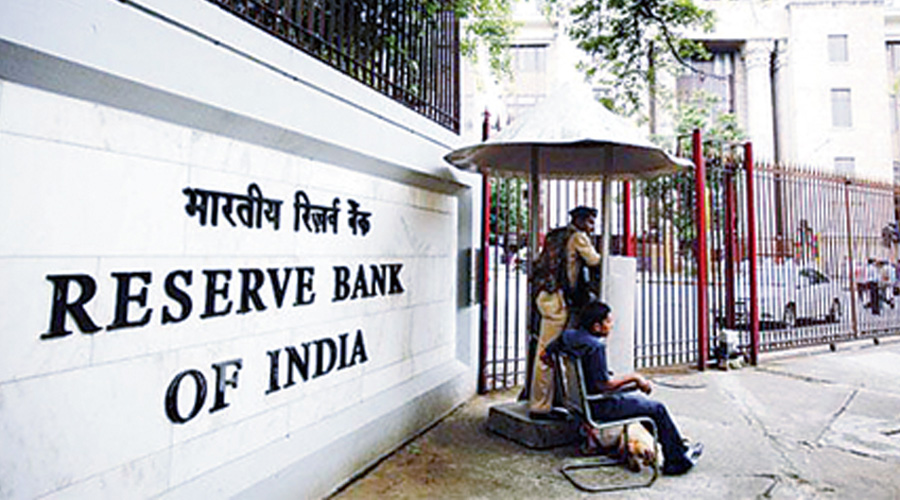The Reserve Bank of India’s financial stability report released on Thursday has shown the gross NPA ratio of banks to rise by March 2022 compared with a year ago but will improve vis-a-vis September 2021.
According to the stress tests of the RBI, gross non-performing assets (GNPAs) ratio of scheduled commercial banks may increase to 9.80 per cent by March 2022 from 7.48 per cent in March 2021 under the baseline scenario; and to 11.22 per cent under a severe stress scenario.
This is lower than the GNPA ratio of 14.8 per cent by September 2021 under a severe stress scenario and 13.5 per cent under the baseline scenario. These stress tests were done in January.
During the year ended March 31, 2020, the GNPA ratio of banks stood at 8.4 per cent.
In PSU banks, the bad loan ratio was forecast to rise to 12.52 per cent by March 2022 under the baseline scenario against 9.54 per cent in March 2021. In January, the stress tests had shown that the PSU banks’ GNPA ratio may increase to 16.2 per cent by September 2021 under the baseline scenario from 9.7 per cent in September 2020.
This is an improvement over earlier expectations with the report pointing out that it indicates “pandemic proofing by regulatory support’’.
According to the report, unprecedented policy support has contained the impairment of the balance sheets.
RBI governor Shaktikanta Das said in the report the second wave has taken a “grievous toll’’ and that the recovery which commenced in the second half of 2020-21 was dented in April-May 2021.











